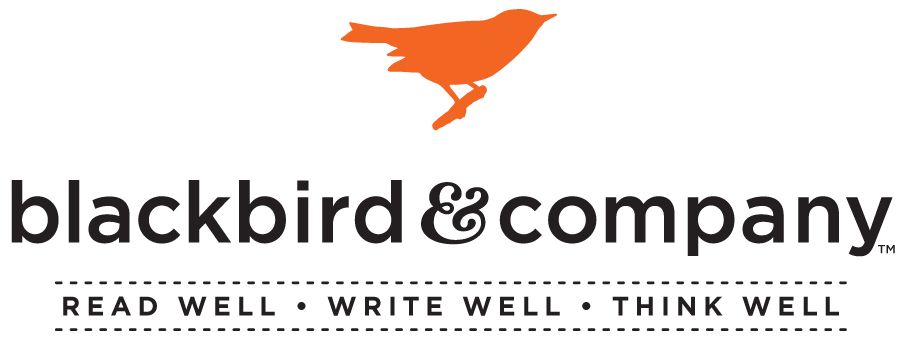Did you know that March is Women's History Month?

I stumbled upon one of my prized possessions the other day, paper and pencil in hand, a writer looking for creative inspiration. As I unfolded the mass of faded-yellow legal pad and saw Sara’s profuse notes staring back at me, I felt the smile stretch from ear to ear and was taken back to the summer of 1997. Who needs a time machine?
 Detail of Amelia Earhart project – pen, watercolor, corrugated cardboard, oil pastels
Detail of Amelia Earhart project – pen, watercolor, corrugated cardboard, oil pastels
For the coming school year our desire was to continue to provide opportunities for directed year-long research. The intrinsic reward of this type of activity is that children discover over time to value work that is not instantaneous. Beyond that, the objective is to develop the muscle necessary for independent discovery, which will have a direct connection to critical thinking. But there’s always a twist.
Back in time, Sara and I are in my kitchen. Where else? Chattering away we are brainstorming. We want to inspire our young girls (then first and third graders) to follow the thread of perseverance to its logical conclusion. What if they engage in research of famous women from history who will model the skill? What if we use great picture books and incorporate sophisticated art materials? Yes! And of course it will be great fun! And, think about it, I mean, we will be exploring literature, and this is history too, right? Ah, the glory of cross-curricular activities!

So, with a baby on my hip stirring up dinner in a pot on the stove, I imagined with Sara, her legal pad in hand chock full of bibliographic lists of famous women biographies she had researched to get our girls started, we constructed a series of research questions that the girls would use to guide them in their research and developed a presentation format. We decided that, for each book read, our girls would write a report and craft a creative project depicting the famous woman.
 Detail from Amelia and Eleanor Go For a Ride by Pam Munoz Ryan
Detail from Amelia and Eleanor Go For a Ride by Pam Munoz Ryan
Looking back, the trick to this kind of research is to be prepared. Because we had a plan, we were able to sit with our girls, take turns reading aloud with them, and guide them as they developed the skill gathering just the right tidbits about the famous woman’s life to include in their simple research paper. We had time to help them explore art materials such as paint and canvas, chalk pastels, and textiles. We were able to encourage them as they endeavored to craft a creative project that would not only celebrate each famous woman, but also would propel them into the process of seeing a creative work from the start to the finish line.
Set as a two hour per week activity, generally speaking, we read and wrote about one book per week unless the book was long, in which case this leg of the activity could take a couple weeks or more (the “there is no hurry” truth applies here), and we completed the artistic activity in two or three weeks. From there, it’s all, well, history.

Only looking back do I see the great pay-off, our girls, all grown now, Hannah is 21 and Evelyn is 19, are women that turn heads not only because they are lovely, but because they are busy following the thread of perseverance to its logical conclusion and are consequently girls who dare to dream.
– Kim
 Detail of Faith Ringgold project – fabric wall hanging
Detail of Faith Ringgold project – fabric wall hanging
 Spread from Dinner at Aunt Connie's House by Faith Ringgold
Spread from Dinner at Aunt Connie's House by Faith Ringgold

 Detail of Eleanor Roosevelt project – acrylic on canvas
Detail of Eleanor Roosevelt project – acrylic on canvas
 Eleanor by Barbara Cooney
Eleanor by Barbara Cooney

 Detail of Wilma Rudolf project – colored pencil, pen, acrylic, collage
Detail of Wilma Rudolf project – colored pencil, pen, acrylic, collage


